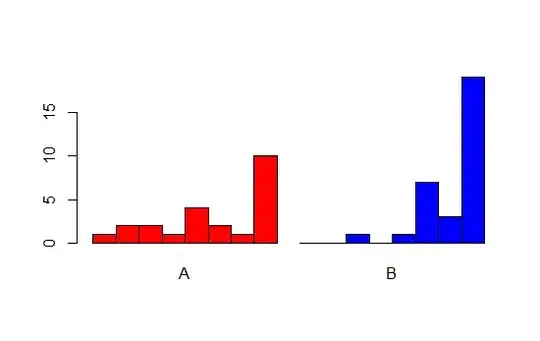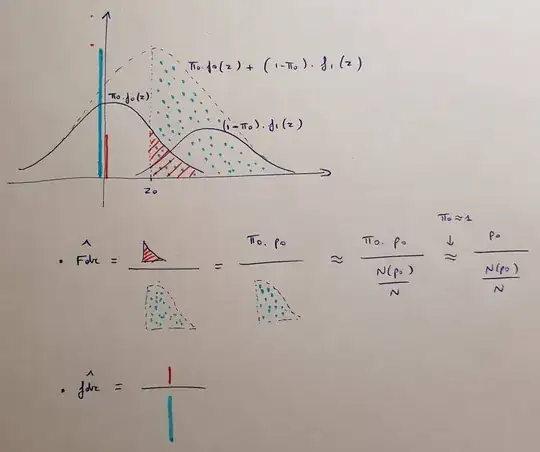The famous seminal Benjamini & Hochberg (1995) paper described the procedure for accepting/rejecting hypotheses based on adjusting the alpha levels. This procedure has a straightforward equivalent reformulation in terms of adjusted $p$-values, but it was not discussed in the original paper. According to Gordon Smyth, he introduced adjusted $p$-values in 2002 when implementing p.adjust in R. Unfortunately, there is no corresponding citation, so it has always been unclear to me what one should cite if one uses BH-adjusted $p$-values.
Turns out, the procedure is described in the Benjamini, Heller, Yekutieli (2009):
An alternative way of presenting the results of this procedure is by presenting the adjusted $p$-values. The BH-adjusted $p$-values are defined as $$p^\mathrm{BH}_{(i)} = \min\Big\{\min_{j\ge i}\big\{\frac{mp_{(j)}}{j}\big\},1\Big\}.$$
This formula looks more complicated than it really is. It says:
- First, order all $p$-values from small to large. Then multiply each $p$-value by the total number of tests $m$ and divide by its rank order.
- Second, make sure that the resulting sequence is non-decreasing: if it ever starts decreasing, make the preceding $p$-value equal to the subsequent (repeatedly, until the whole sequence becomes non-decreasing).
- If any $p$-value ends up larger than 1, make it equal to 1.
This is a straightforward reformulation of the original BH procedure from 1995. There might exist an earlier paper that explicitly introduced the concept of BH-adjusted $p$-values, but I am not aware of any.
Update. @Zenit found that Yekutieli & Benjamini (1999) described the same thing already back in 1999:



